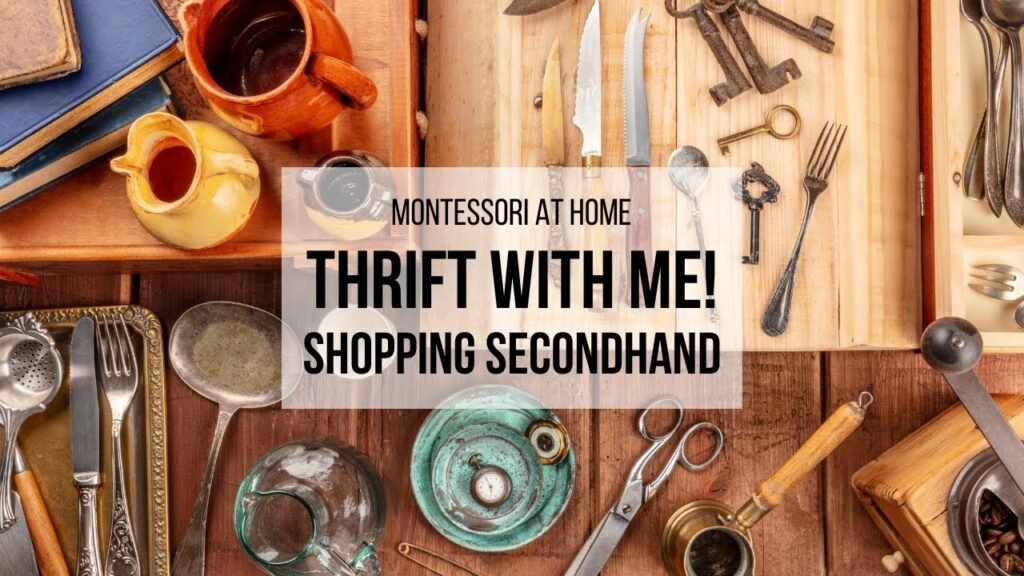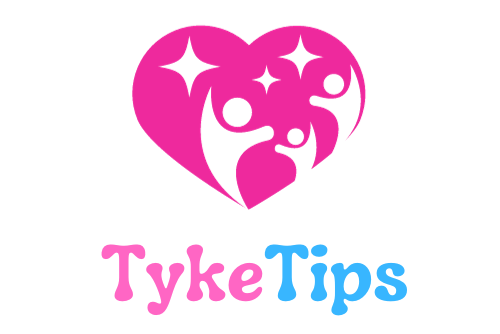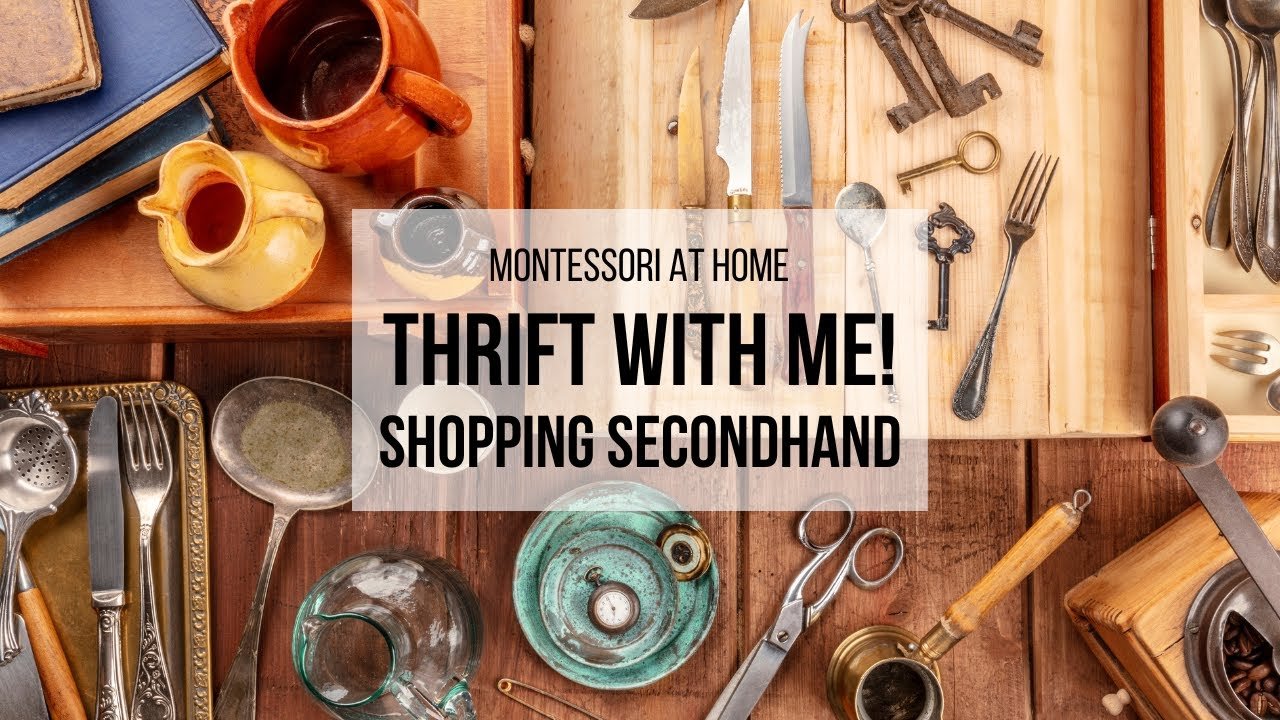Hi there! My name is Ashley and I’m a mom of two little girls. Today, I want to talk to you about creating a Montessori home on a budget. I’ve been doing a lot of decluttering and minimalism in my own home lately, and it got me thinking that Montessori doesn’t have to be expensive. In this video, I’ll be taking you along with me as we thrift shop for affordable Montessori materials and furniture. We’ll explore various items such as child-sized chairs, storage benches, pillows, puzzles, kitchen appliances, arts and crafts materials, and garden tools that you can find at thrift stores. So, if you’re looking to create a Montessori environment at home without breaking the bank, this video is for you!
Creating a Montessori Home on a Budget
1. Why Montessori?
When it comes to education, parents are constantly seeking the best methods and approaches to help their children thrive. Montessori education has gained popularity in recent years for its unique approach that focuses on fostering independence, self-directed learning, and a love for knowledge. By implementing Montessori principles at home, parents can create an environment that supports their child’s development and nurtures their natural curiosity.
1.1 Benefits of Montessori Education
Montessori education has numerous benefits for children. Research has shown that Montessori students tend to have better social and emotional skills, higher academic achievement, and greater creativity and problem-solving abilities. The Montessori approach encourages children to learn at their own pace and follow their interests, which leads to a deeper understanding and love for learning.
1.2 Montessori principles at home
Bringing Montessori principles into the home can have a positive impact on a child’s development. Some key principles to incorporate include creating a prepared environment, fostering independence, and promoting hands-on learning. By designing a space that is child-friendly and tailored to their needs, parents can encourage their child’s independence, curiosity, and desire to explore the world around them.
2. Implementing Montessori at Home
Implementing Montessori principles at home is easier than you might think. By making a few simple changes, you can create a Montessori-inspired environment that supports your child’s development and promotes a love for learning.
2.1 Creating a prepared environment
A prepared environment is one of the key aspects of Montessori education. It is a carefully designed space that meets the child’s developmental needs and encourages exploration and independence. When creating a prepared environment at home, consider the following:
-
Provide child-sized furniture: A child-sized table and chairs, shelves, and other furniture allow the child to have control over their environment and engage in activities independently.
-
Ensure accessibility: Place materials, toys, and books within reach of the child so they can easily access them and choose their own activities.
-
Organize materials: Create designated areas for different activities, such as a reading corner, art station, and practical life area. Use labeled containers or trays to keep materials organized and easily accessible.
2.2 Incorporating Montessori principles
In addition to creating a prepared environment, there are several other Montessori principles you can incorporate at home:
-
Follow the child’s interests: Pay attention to your child’s interests and provide materials and activities that align with their current passions. This will not only encourage their love for learning but also help them develop a sense of autonomy and self-motivation.
-
Encourage independence: Foster your child’s independence by allowing them to do tasks on their own, such as dressing themselves, preparing their own snack, or cleaning up after themselves. Provide child-sized tools and materials that they can easily handle.
-
Emphasize hands-on learning: Montessori education values hands-on learning experiences. Provide materials and activities that encourage exploration, experimentation, and problem-solving. Sensory activities, puzzles, and open-ended toys are great options.
3. Thrift Shopping for Montessori Materials
When it comes to creating a Montessori-inspired home, buying brand new materials and furniture can be costly. However, there is an affordable alternative – thrift shopping. Thrift stores often have a wide range of items that can be repurposed for Montessori education, such as child-sized furniture, educational games, and practical life materials. By thrift shopping, you can find quality items at a fraction of the cost.

4. Benefits of Thrift Shopping
Thrift shopping offers several benefits when it comes to creating a Montessori home on a budget:
-
Cost-effective: Thrift stores offer items at significantly lower prices than buying new. This allows you to stretch your budget further and invest in a variety of materials and furniture.
-
Sustainability: Thrift shopping promotes sustainability by giving items a second life. By purchasing secondhand items, you reduce waste and contribute to a more environmentally friendly lifestyle.
-
Unique finds: Thrift stores offer a treasure trove of unique and one-of-a-kind items. You never know what hidden gems you may discover that can enhance your child’s learning environment.
-
Support local communities: Shopping at thrift stores often supports local nonprofit organizations or charitable causes. By purchasing from these stores, you can contribute to the betterment of your community.
5. Tips for Thrift Shopping
Thrift shopping for Montessori materials requires some strategy and planning. Here are some tips to make the most out of your thrift shopping experience:
5.1 Research local thrift stores
Take the time to research and visit different thrift stores in your area. Some stores may specialize in furniture, while others may have a great selection of educational toys and games. By exploring different stores, you increase your chances of finding the specific materials you need.
5.2 Set a budget
Before heading to the thrift store, set a budget for your shopping trip. This will help you prioritize your purchases and ensure you stay within your financial means.
5.3 Look for specific Montessori materials
Make a list of the specific Montessori materials or furniture items you are looking for before going thrift shopping. This will help you stay focused and avoid unnecessary purchases.
5.4 Check for quality and condition
Thrift stores often have a mix of brand new, gently used, and well-loved items. When thrift shopping for Montessori materials, inspect each item for quality and condition. Ensure that furniture is sturdy and safe, puzzles have all the necessary pieces, and toys are clean and in good working order.
6. Montessori Materials to Look for
Thrift stores can be a treasure trove of Montessori materials. Here are some items to keep an eye out for:
6.1 Child-sized furniture
Child-sized chairs, tables, and shelves are essential for creating a Montessori environment at home. Look for sturdy and well-constructed furniture that is the right height for your child.
6.2 Storage benches and shelves
Storage benches and shelves provide a designated place for organizing materials. Look for options that are durable and have multiple compartments for easy organization.
6.3 Pillows and cushions
Pillows and cushions can create cozy reading nooks or seating areas. Look for soft, washable pillows in different shapes and sizes.
6.4 Puzzles and educational games
Thrift stores often have a wide selection of puzzles and educational games. Look for puzzles that feature realistic-looking animals, maps, or self-correcting puzzle sets.
6.5 Kitchen appliances and utensils
In the kitchen area, you can find child-friendly kitchen appliances such as mini pancake makers, blenders, and toasters. Look for utensils, dishes, and cookware that are child-sized and made of safe materials.
6.6 Arts and crafts materials
Thrift stores often have a variety of art supplies such as markers, crayons, paint sets, and paper. Look for materials that are still in good condition and safe for children to use.
6.7 Garden tools
If you have a garden or want to introduce your child to gardening, thrift stores may have a selection of garden tools, pots, and buckets that can be used for outdoor exploration.
7. Creating a Montessori Environment
Once you’ve gathered your thrifted materials, it’s time to create a Montessori environment at home. Here are some tips to get you started:
7.1 Organize the space
Take the time to organize the Montessori materials and furniture in a way that is visually appealing and accessible to your child. Group materials by category and label shelves or containers to encourage independence and easy cleanup.
7.2 Set up activity areas
Create designated areas for different activities, such as a reading corner, art station, or practical life area. Make sure each area is well-stocked with age-appropriate materials and tools.
7.3 Accessibility and child-proofing
Ensure that your child can easily reach and handle materials without constant adult assistance. Child-proof the environment to make it safe and child-friendly, removing any potential hazards or delicate items.
7.4 Incorporate natural elements
Integrate natural elements into the Montessori environment whenever possible. Use plants, natural materials like wood or textiles, and soft lighting to create a calming and visually appealing space.
8. DIY Montessori Materials
If you’re feeling crafty, you can also create your own Montessori materials using everyday items. Here are some simple DIY ideas:
8.1 Repurposing everyday items
Turn everyday household items into Montessori materials. For example, use egg cartons for sorting and counting activities, or repurpose ice cube trays for color matching and counting.
8.2 Building simple Montessori materials
If you’re handy with tools, consider building your own Montessori materials. Building a child-sized table, shelves, or a sensory board can be a rewarding DIY project that allows you to customize the materials to your child’s needs.
10. Conclusion
Creating a Montessori-inspired home doesn’t have to break the bank. Through thrift shopping, you can find affordable and quality Montessori materials and furniture to create a nurturing environment for your child. By implementing Montessori principles at home and providing a prepared environment, you can support your child’s development and foster a love for learning. So, get out there and start thrifting for your Montessori home on a budget!

